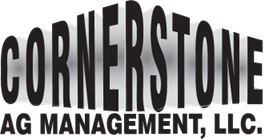Evaluating wet feedstuffs for dairy cows
Wet feedstuffs derived from the food and ethanol industries are valuable additions to cattle diets, when available within a reasonable distance from the farm. They not only provide required nutrients, but their moisture content helps condition total mixed rations (TMRs), increases their palatability and reduces feed sorting by livestock. Depending on their water content and price, however, their purchase can turn into a questionable economic decision.
Where your farm is in the U.S. determines which wet feeds are readily available close enough to justify their hauling to the farm. This article addresses the wet form of beet pulp, brewers grains, distillers grains, gluten feed, and grape pomace (also known as grape marc). We will discuss their composition and what factors to consider when evaluating their incorporation into dairy cattle diets.









